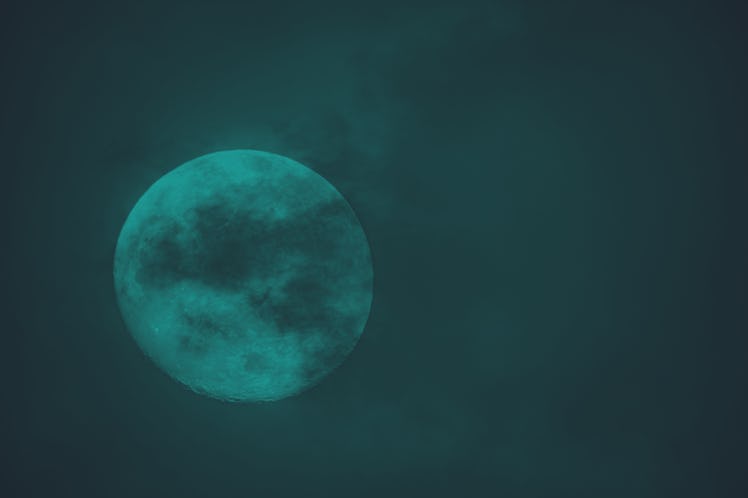Venus And June's Strawberry Moon Are About To Dazzle The Night Sky
As spring’s final full moon rises, so does dazzling Venus in the night sky.

The last full moon of the spring season is just about to rise in our skies, and with it we get two dazzling shows at once: the greatest elongation of Venus, and June’s Strawberry Moon.
The Strawberry Moon, as it has been nicknamed, is set to hit its peak on Saturday, June 3 shortly before midnight — as Venus hits its full elongation just the next evening on June 4th.
Here is everything you need to know about June’s full moon — a mark of the end of a season — and how to view it alongside Venus.
Why is June’s full moon called the strawberry moon?
Every full moon has a unique name. The Maine Farmer’s Almanac states that the Indian Algonquin tribes coined it the Strawberry Moon because it appears during strawberry season, when the sweet berries are the ripest.
Like most of the other full moons, there are a variety of different names for the Strawberry Moon. Other common names for June’s full moon are the Mead Moon and Honey Moon, each of which comes from Europe. Mead, an alcoholic drink that contains honey, was often ready to be harvested around the time of this full moon.
The Rose Moon is another common name for this full moon, also stemming from Europe. There are contrasting opinions on the background behind this name. One theory is that it comes from the fact that roses often bloom around this time of year. Another theory comes from the moon’s color at the beginning of its rise, which is a reddish color.
Flower Moon, Hoe Moon, Hot Moon, and Planting Moon are other names for this full moon, all coming from different places and heritages. Whatever you want to call it, it’s just about to rise — and it will be beautiful.
What is the elongation of Venus?
On June 4, just a day after the Strawberry Moon hits peak illumination, Venus will also hit its greatest elongation — AKA “its greatest angular distance in the sky to the east of the sun,” or 45 degrees, per Space.
For the past several months, Venus, which is at eastern elongation, has been an “evening star,” which is a term given to the planet when it is visible after sunset and then sets to the west.
Venus then eventually becomes a “morning star” when it is at western elongation and can only be seen in the early mornings.
Right now, Venus, currently an evening star, is about to hit its “greatest elongation” — which means that it will be visible in the night sky for the longest time it will be all year. It will then “quickly sink toward the sunset as it races toward its sweep between the Earth and sun around mid-August 2023,” per EarthSky.
When and how can I see the Strawberry Moon and the elongation of Venus?
The Strawberry Moon will be at its fullest on Saturday, June 3, but it will span across the whole weekend from Friday to Monday. At 11:42 p.m. on Saturday, the moon will be at its fullest. For another fun delight, look for the star Antares, the brightest star in the Scorpius constellation, if you want.
Venus will be incredibly bright and hard to miss. To see Venus, simply look in the direction of sunset as the sky darkens on June 4th, and you straight up can’t miss it, per EarthSky. Although the Strawberry Moon won’t be at peak illumination then, it’ll still look basically full — leading to a dazzling display of the two space bodies.
The season is coming full circle to its end (no pun intended). Be sure to check out the last full moon of spring.